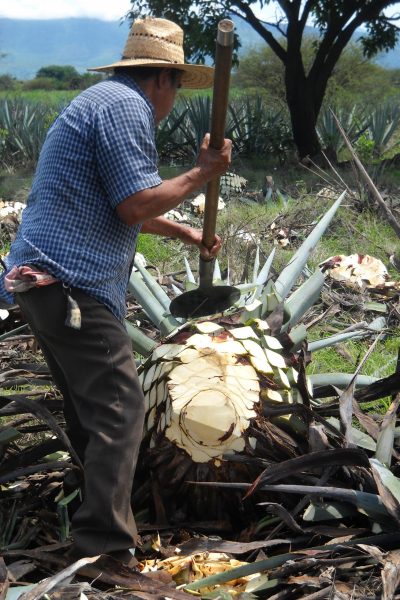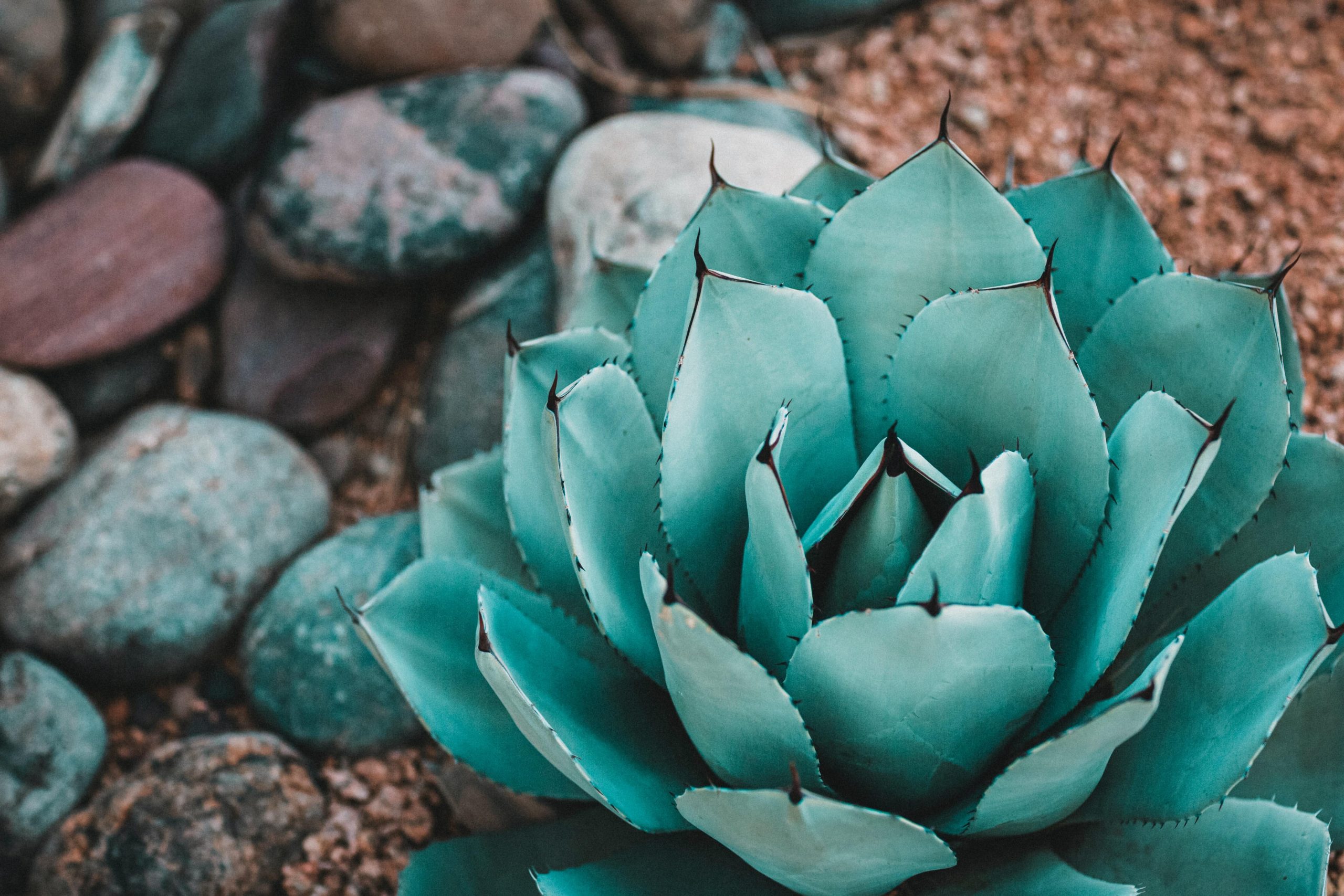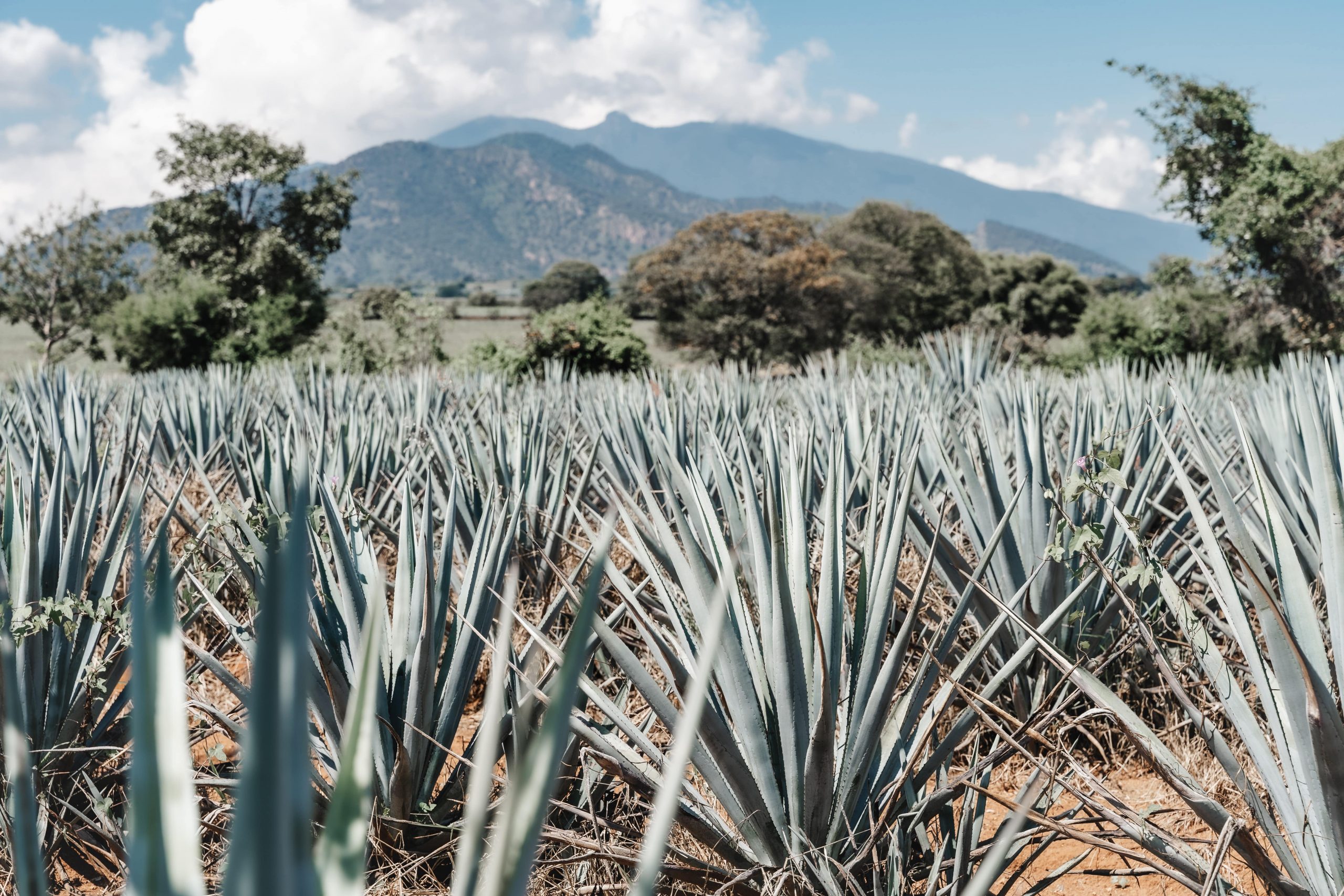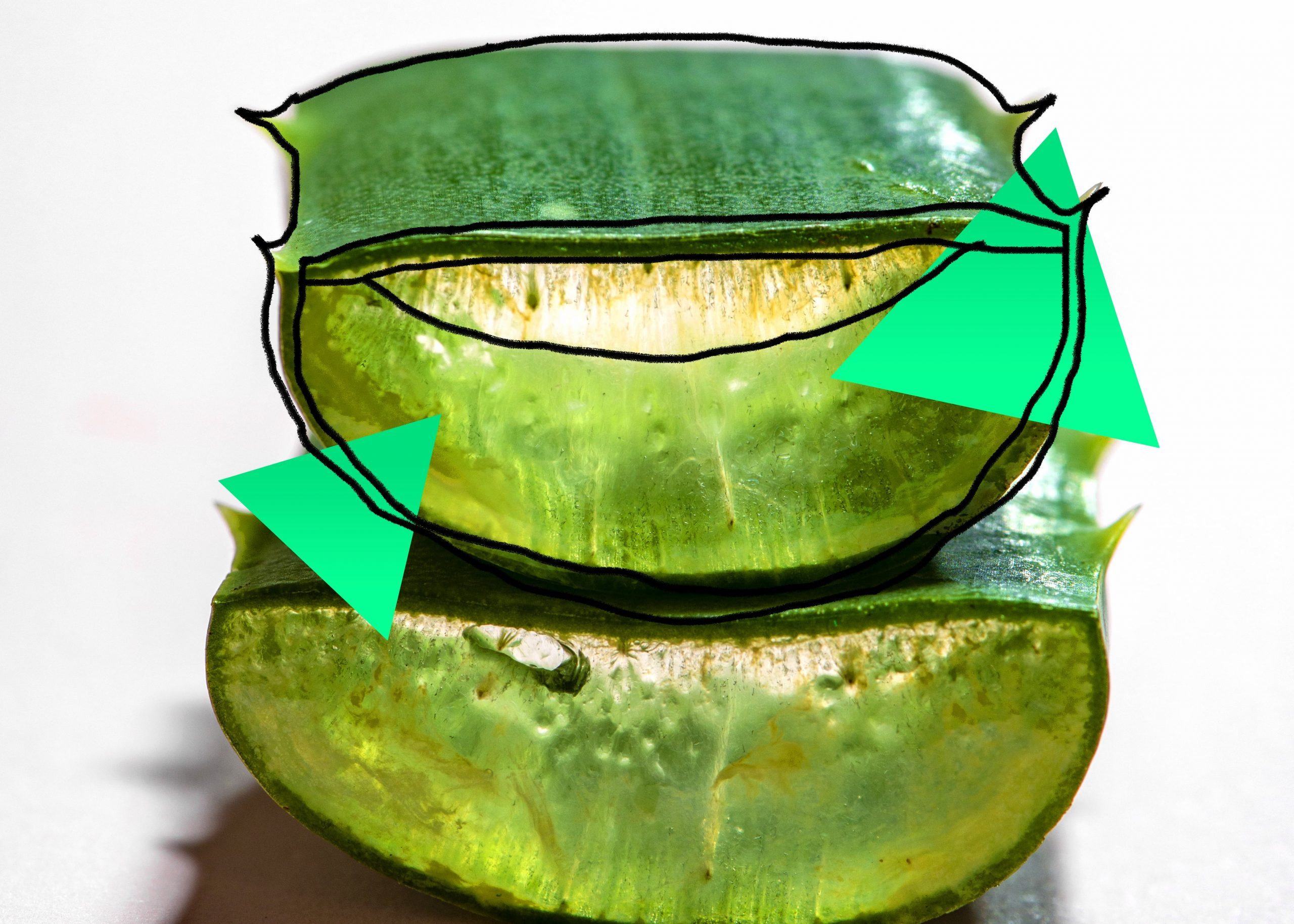A resilient succulent plant is changing the way we think of regenerative agriculture. The Agave plant is gaining popularity worldwide. Read more to learn way…
What is regenerative agriculture
Regenerative agriculture is a general approach to restoring and conserving farming systems. It is a philosophy focused on more sustainable and healthy farming practices. There is no strict guidebook for this agriculture approach, but the overall aim is to restore the ecosystem’s health, and leave our land and water source in better shape for the future.
There are several approaches to regenerative practices, some dating thousands of years ago. So, it’s not a new gimmick, but its application has been neglected since the start of the 20th century. Traditional regenerative agriculture methods were dominated by the industrial age, which introduced new harmful yet profitable methods to farming. In recent years, this topic is gaining more attention due to the inevitable negative consequence of industrial farming including pollution, supply shortages and climate change.
The popular industrial agriculture system is not sustainable. The new age farming practices heavily focus on the bottom line at the expense of the environment. This results in soil deterioration, higher demand for fertilizers, nutrient runoff, and biodiversity loss. All these negative outcomes are contributing to farmland loss, supply shortages and rising food costs. Finding the best and fastest way to yield crops at the expense of the environment is leading us to an international disaster.

Popular regenerative agriculture practices
Regenerative agriculture practices have proven to yield better long-term results than the opposed industrial age agriculture methods. This approach is more profitable in the long run because it aims to create a sustainable eco-system. It does so by maintaining the soil quality through plant diversification, composting, revegetation, and organic growing. There are several regenerative agriculture practices, but we will cover the main ones that are gaining popularity.
Minimal tillage
Tillage of farmland means overturning the soil for planting, while no-till uses disks to slice the ground and insert the seeds with minimum soil impact. No-till requires less work and is more friendly to the soil as it reduces the impact on the root systems and microorganisms. It also reduces water loss by runoff and prevents soil erosion.
Rotating crops
Crop rotation is the practice of planting different crops periodically on the same land to improve soil health, combat pests, and weed pressure. Crop rotation significantly helps return nutrients to the soil without synthetic inputs and fertilizers. Also improving biodiversity of microorganisms within the soil.
Compost farming
Compost farming is a term used to describe farming practices that use organic waste in lieu of mineral fertilizers. Mineral fertilizers rely heavily on fossil fuels and mining causing a heavy negative impact on the environment. Compost is naturally made and like mineral fertilizers, is adequate to provide crops with a rich source of nutrients.
Grazing for soil recovery
In farming grazing means allowing livestock to roam around and feed on the natural vegetation. This practice usually takes place while the farmland is not being used for growing crops. During the grazing period, the ground can rest, and it also promotes biodiversity of plants and microorganisms within soil. The livestock droppings also assist in enriching the soil with nutrients.

The Agave plant
The Agave is a large succulent plant with large leaves that end in spiny tips. This plant species vary in size, from small table pot plants to larger species the size of a car. Usually, the larger ones are used for agriculture and can grow up to 12 feet in height and width. Agave foliage tends toward a blue green colour and grayer green in warmer climates.
Agave is very resilient to drought conditions making it a perfect plant for growing in harsh environments. Agaves does not require irrigation, as it draws moisture directly from the air for storage. The plant reproduces by putting out shoots alongside the mother plant, (approximately 3-4 per year) or through seeds, if the plant flowers at the end of its 8–13-year lifespan. Usually after the Agave plant flowers it dies, but the flowering process can be controlled to slightly increase the plant’s lifespan.

Agave plants evolved originally in Mexico but are also found today in the hot drylands of Central America, South America, Africa, Asian and Australia. The Agave plant has many uses and is best known for producing textiles from its fibrous leaves, syrup sweeteners, inulin (a food additive), alcoholic beverages, pet and farm animal food supplements and building materials from its fiber.
Agaves are among the world’s top 15 plants or trees in terms of drawing the most carbon dioxide from the atmosphere and producing plant biomass. Certain varieties of agave can produce up to 17 tons of biomass per acre or more per year on a continuous basis. In addition, the water consumption of agaves is typically 4-11 times more efficient than other plants.
In simple terms this plant requires low maintenance and is perfect for growing in harsh desert environments. It has several uses that make its crop profitable, and it is one of the best plants for drawing carbon dioxide from the atmosphere.

Greening deserts with the Agave plant
In the deserts of Mexico near Guanajuato an innovative group of farmers are developing new ways of planting Agave. They have found that the Agave plant grows best with other complementary plant species. Agave’s nitrogen-fixing companion trees include mesquite and acacias which have adapted to survive in similar environments. The farmers concluded that from an environmental perspective, soil health, and carbon-sequestering, agaves should not be cultivated as a monoculture but as a polyculture.
This method of growing agave with other plant species was found to be the most sustainable in dry climates. If grown as a polyculture, agaves and their companion plants can be cultivated on a continuous basis, producing biomass, and sequestering substantial amounts of carbon above and below ground, without depleting soil fertility or biodiversity.
Agave’s everlasting silage production far exceeds most other forage production (most of which require irrigation, fertilizers and other expensive chemical inputs) producing approximately 40 tons per acre of fermented silage, annually. For comparison, corn silage will yield approximately 10 – 20 tons per acre.
Agave can easily be grown in the desert where many other types of crops cannot. Cultivated as a polyculture, it is almost self-sustaining and requires little care and no mineral fertilizers. It is the perfect candidate for greening desserts having an attractive monetary incentive and plenty of use cases.
Farmers in Queensland Australia and around the world are starting to see the benefits of the agave plant. The growing popularity of this plant was off to a slow start at the beginning of 21st century, but climate change conditions are increasing its agricultural adoption. The agave plant has both the potential to reduce our carbon footprint and substitute many old agricultural practices that are not sustainable. Now more than ever we need to be looking for solutions to reverse the damage we caused so we can create a sustainable future on our planet.















































